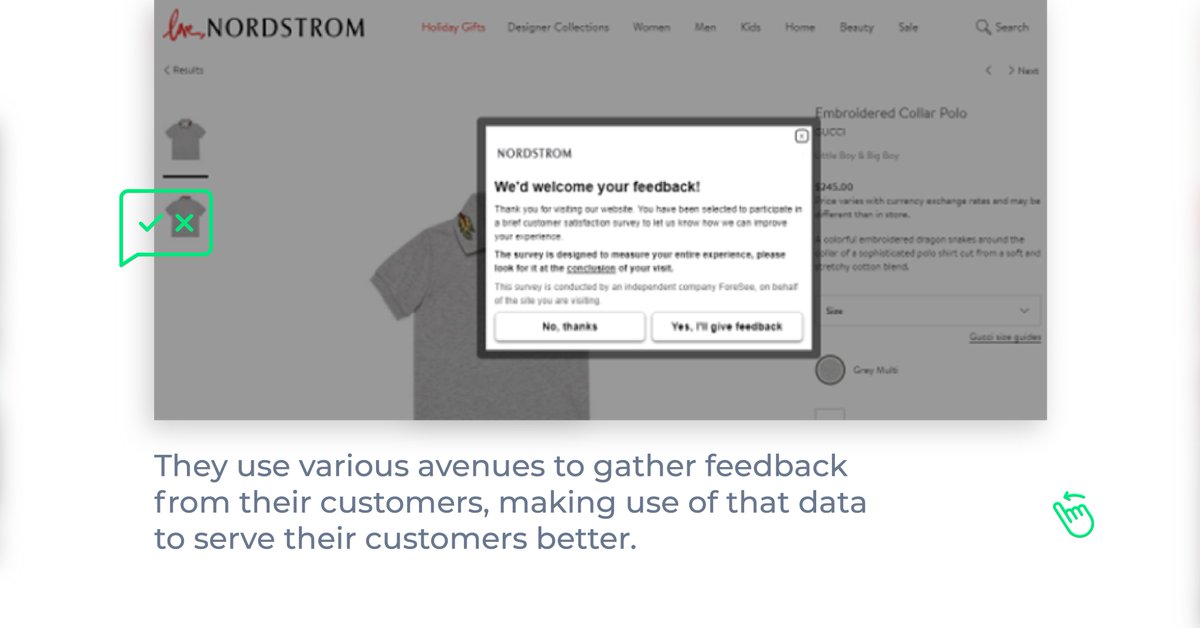
#HadToBeSaid - Any UX practitioner knows getting stakeholder backing for UX research can be a baffling task. Most UXers surely struggle to find patronage for research sprints, despite its rather apparent benefits. Let’s talk about getting stakeholders buyin for UX research.
It is crucial to speak the stakeholders’ language. When you present a solution that is user-focused, there is a strong possibility that it won’t resonate with stakeholders. But replacing that with a solution that fixes specific business woes is bound to get their attention.
Instead of saying, “The cognitive load is too high at the moment. A heuristic evaluation can give us better insights” or “Flat design elements definitely make a difference!”
It helps to say
“These 2 UX changes will help us reach this quarter’s projections with time to spare.”
It helps to say
“These 2 UX changes will help us reach this quarter’s projections with time to spare.”
Packaging the benefits of UX research in this manner sends out the message that along with being a usability expert, you’ve also taken the effort to thoroughly understand their business. You’ve put thought behind their actual problems, and are taking their concerns seriously.
We have regularly shown the importance of UX to stakeholders with the business impact it brings. Our learnings are compiled in this article, read more to get actionable tips on stakeholder buying👇
bit.ly/3phhyLd
#koruux #UX #stakeholders #uxresearch
@threadreaderapp
bit.ly/3phhyLd
#koruux #UX #stakeholders #uxresearch
@threadreaderapp
• • •
Missing some Tweet in this thread? You can try to
force a refresh






